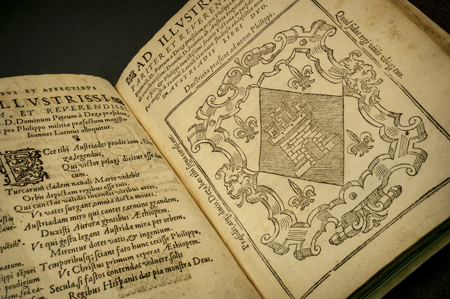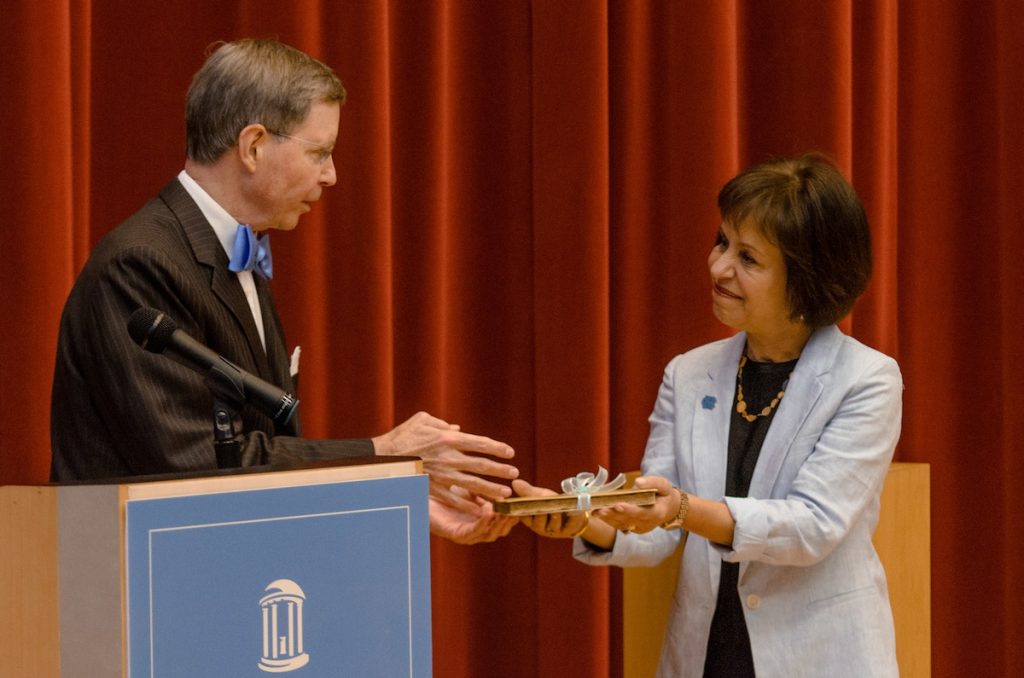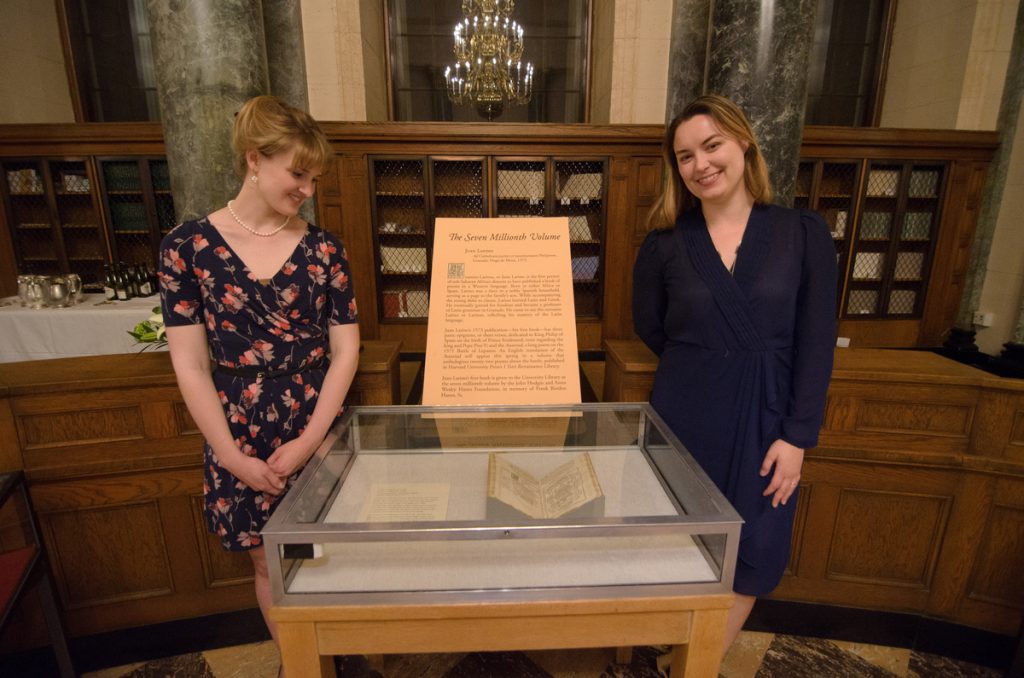
The Rare Book Collection joins in the commemoration of the 150th anniversary of the birth of William Butler Yeats by posting this portrait of him from Mosada: A Dramatic Poem, his first separately published work. The drama had appeared in the June 1886 issue of the Dublin University Review; the twelve-page pamphlet in wrappers, a reprint by Sealy, Bryers, and Walker, followed in October. As William Michael Murphy notes in his book Prodigal Father: The Life of John Butler Yeats (1839-1922), it was W.B’s father, a painter, who “insisted on including as [the pamphlet’s] frontispiece a pencil portrait by himself of the author, preferring this to ‘a picture of some incident in the play,’ as had been planned at first. In the sketch Willie wears a fuzzy beard, which his father had urged him to grow.
“The volume had little sale. Papa and Willie gave copies away liberally. One reached the hands of an English Roman Catholic priest who had recently come to Dublin, Gerard Manley Hopkins.” (p. 146) As Murphy recounts, the great poet politely refrained from expressing his negative opinion of the work to the elder Yeats.
The RBC’s copy of Mosada is one of three identified by bibliographer Allan Wade as bound with a thicker paper, unlined. While we cannot boast a provenance for our copy that includes Gerard Manley Hopkins, former owners known to us are New York editor and noted folk art collector Cyril I. Nelson and renowned British bookman Anthony Hobson.
This first separate publication is one of the rarest items in the RBC’s extensive Yeats Collection, a gift of the Hanes Foundation as the University Library’s five millionth volume. The RBC continues to add to the Yeats Collection as opportunities present themselves.
















